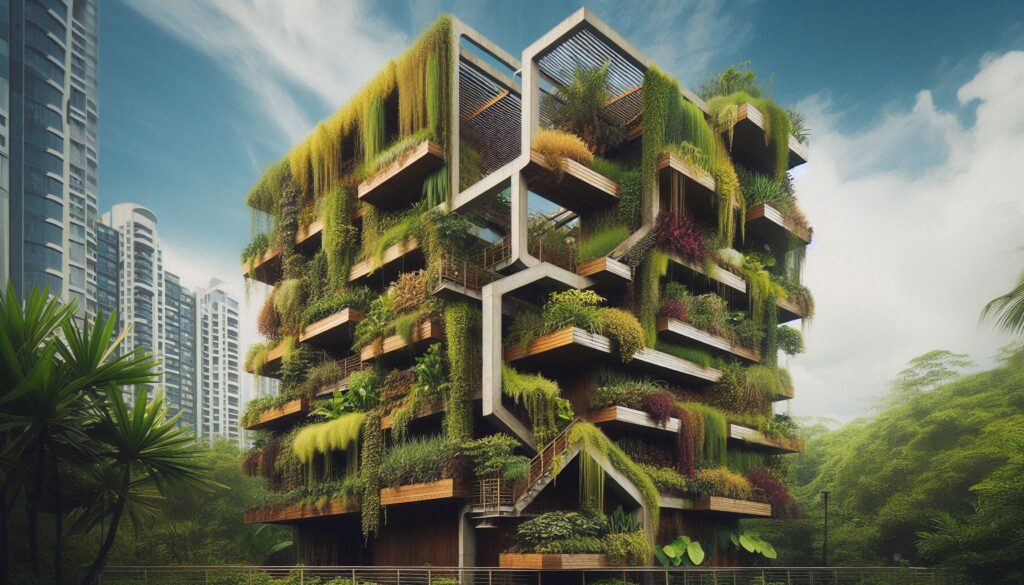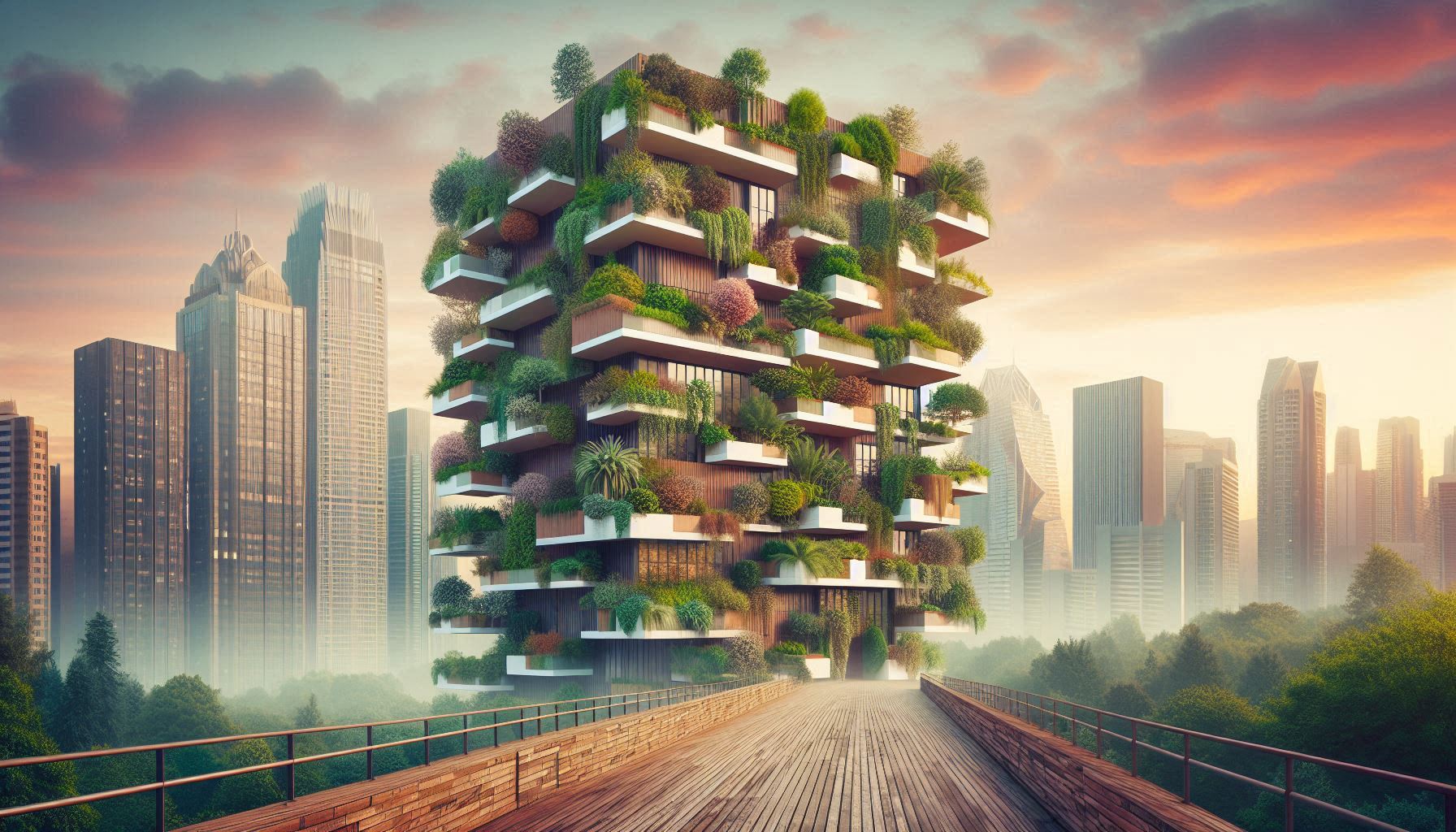Vertical gardening has gained popularity in recent years as an innovative and sustainable way to bring greenery into urban environments. Whether indoors or outdoors, vertical gardens offer a creative solution for maximizing space and enhancing aesthetics. In this article, we will delve into the world of vertical garden design, exploring various techniques, structures, and materials that can be utilized to create stunning and functional vertical gardens.
Techniques for Vertical Garden Design
- Hydroponic Systems: Hydroponic vertical gardens utilize a soilless growing technique that relies on a nutrient-rich water solution to nourish plants. This method is ideal for vertical gardens where weight and soil limitations are a concern. Hydroponic systems can be customized to fit any space, allowing for a diverse range of plant types to thrive vertically.
- Modular Systems: Modular vertical garden systems consist of individual planter units that can be easily rearranged and expanded to accommodate different plants and design layouts. These systems are versatile and allow for easy maintenance and plant replacement. Modular systems are popular for both indoor and outdoor vertical gardens.
- Living Walls: Living walls, also known as green walls, are vertical structures covered in vegetation that can be freestanding or attached to buildings. Living walls provide a dramatic visual impact and offer a large planting area for a variety of plant species. These walls can be designed with irrigation systems to ensure proper watering and maintenance.
- Pocket Planters: Pocket planters are small, individual containers that are attached to a vertical surface, creating a pocket-like structure for planting. These planters can be arranged in a pattern or design to create a visually appealing display of plants. Pocket planters are suitable for growing a wide range of plants, from herbs and flowers to succulents and ferns.

Structures for Vertical Garden Design
- Trellises and Frames: Trellises and frames provide a support structure for vines and climbing plants to grow vertically. These structures can be made from materials such as wood, metal, or PVC and can be customized to fit any space and design aesthetic. Trellises and frames offer a versatile option for creating a vertical garden that adds height and visual interest to outdoor spaces.
- Pockets and Pouches: Pockets and pouches are flexible containers that can be attached to a vertical surface to create a pocket-like structure for planting. These containers come in various sizes and materials, such as felt or fabric, and are ideal for growing small plants, herbs, or flowers in a vertical arrangement. Pockets and pouches are lightweight and easy to install, making them suitable for both indoor and outdoor vertical gardens.
- Plant Walls: Plant walls are prefabricated panels or frames that are designed to support plant growth vertically. These walls can be customized with a variety of plant species to create a lush and vibrant display of greenery. Plant walls are typically equipped with an irrigation system to ensure proper watering and maintenance of the plants.
- Modular Grid Systems: Modular grid systems consist of a grid-like structure that can be attached to a wall or freestanding to create a vertical garden. These systems allow for easy customization and arrangement of plants in individual containers or planters. Modular grid systems are versatile and can be expanded or rearranged to accommodate different plant types and design layouts.
Materials for Vertical Garden Design
- Wood: Wood is a popular material for vertical garden structures due to its natural appearance and versatility. Wood can be used to create trellises, frames, planters, and other structures that complement the plants and surroundings. Cedar and redwood are common choices for outdoor vertical gardens due to their durability and resistance to rot and decay.
- Metal: Metal materials, such as steel, aluminum, or wrought iron, are durable and suitable for creating sturdy vertical garden structures. Metal trellises, frames, and planters can add a modern and industrial aesthetic to vertical gardens. Metal materials are often powder-coated or treated to prevent rust and corrosion, making them ideal for outdoor installations.
- PVC and Plastic: PVC and plastic materials are lightweight, affordable, and easy to work with, making them suitable for DIY vertical garden projects. PVC piping can be used to create trellises, frames, or modular grid systems, while plastic planters and containers are available in a variety of shapes and sizes for planting a wide range of plants. These materials are weather-resistant and low maintenance, making them ideal for both indoor and outdoor vertical gardens.
- Fabric and Felt: Fabric and felt materials are flexible and breathable, making them ideal for creating pocket planters and pouches for vertical gardening. These materials allow for air circulation around the roots of plants, promoting healthy growth and preventing root rot. Fabric and felt planters are lightweight, easy to install, and can be easily removed for cleaning or replanting.
Vertical garden design offers a creative and sustainable way to bring nature into urban spaces while maximizing space and enhancing aesthetics. By utilizing techniques, structures, and materials specifically tailored for vertical gardens, designers and gardeners can create stunning and functional green spaces that enrich our lives and environment. Whether using hydroponic systems, modular structures, or innovative materials, the possibilities for vertical garden design are endless, providing endless opportunities to create unique and beautiful vertical gardens for all to enjoy.

